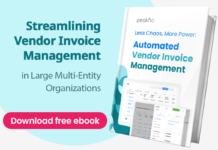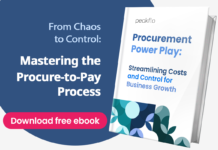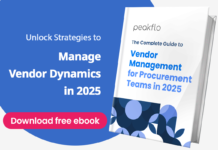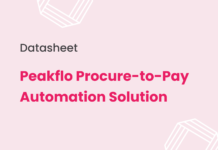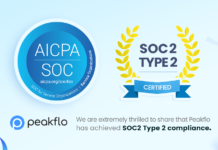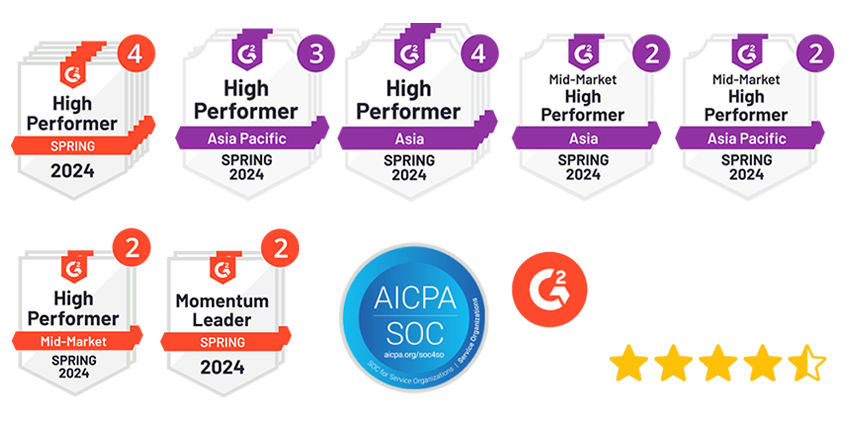In accounts payable (AP), efficiency is king. One often-overlooked metric that plays a critical role in AP operations is the Purchase Order (PO) First Pass Match Rate (FPMR). This measures the percentage of purchase orders matched accurately to invoices on the first attempt.
The PO First Pass Match Rate is a key metric that determines the efficiency and cost-effectiveness of your accounts payable operations. Discover how automation can help you achieve a 90% match rate, reduce costs by 53%, and transform your AP processes.
Why PO First Pass Match Rate Matters
When your PO First Pass Match Rate is high, your AP team enjoys smoother workflows: timely payments, improved supplier relationships, and avoidance of costly penalties. Industry benchmarks reveal that top-performing companies match their POs at least 90% of the time, while bottom performers struggle around 70%.
The disparity often stems from the reliance on manual, decentralized processes, which grow increasingly inefficient as invoice volumes rise.
The True Cost of Manual Operations
Manual PO matching involves hours spent reviewing mismatches, chasing suppliers, and handling approval delays. This inefficiency isn’t just a workflow problem—it’s a cost problem.
For companies processing 10,000 POs annually, decentralized manual operations cost $73,500 due to higher error rates and labor-intensive processes. Compare that to AI-driven automation, which slashes costs by 53%, reducing total expenses to just $34,500.
Using AI-powered tools like OCR for data extraction and machine learning to detect discrepancies, companies can achieve a 90% Purchase Order First Pass Match Rate with significantly fewer resources.
The Automation Advantage
AI doesn’t just save costs—it saves time and reduces frustration for AP teams. Automation ensures that invoices match POs accurately on the first attempt, freeing up your team to focus on higher-value tasks like supplier negotiations or financial analysis.
It’s no wonder that 80% of AP teams in large global companies are prioritizing improvements in their PO First Pass Match Rate. By adopting centralized and automated systems, these organizations are setting themselves up for sustainable, scalable growth.
Closing Thoughts
The gap between top performers (90% FPMR) and bottom performers (70% FPMR) has a profound financial and operational impact. To remain competitive, finance leaders need to assess their organization’s performance and make strategic investments in automation.
It’s time to act. The tools are here, and the benefits are clear—so why wait?










![Why AI Sales Calls Are Making Good Sales Reps Even Better [2025 Guide] ai sales calls](https://blog.peakflo.co/wp-content/uploads/2025/09/65168cf6-3001-4733-8cbc-12d5684cf449-218x150.webp)







